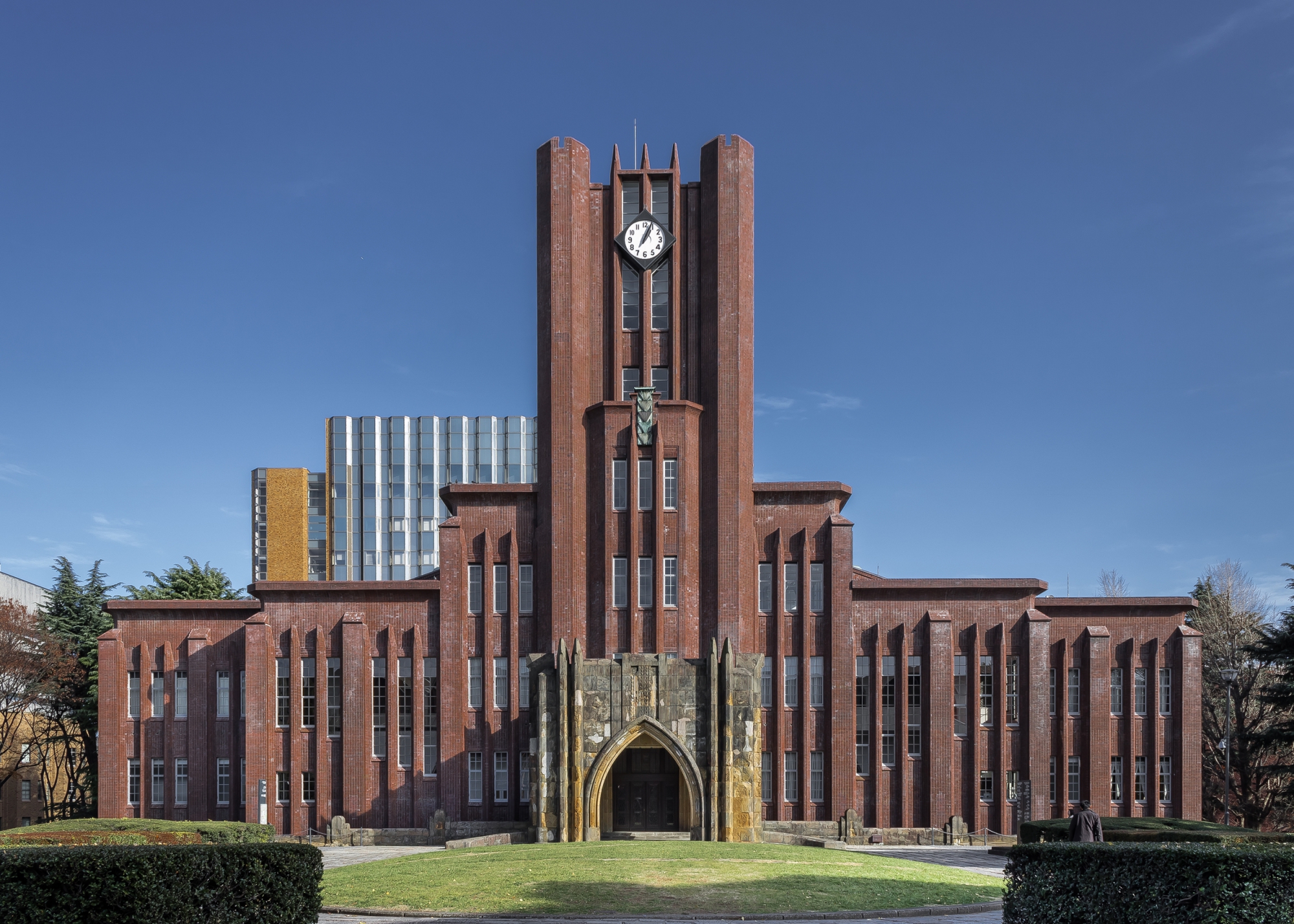Since the mid-2000s, the number of Japanese people who turn 18 in a given year has remained constant at about 1.2 million. That will change with the high school graduating class of 2018, which will be smaller than the class of 2017.
This eventuality, though predicted some time ago, is making the government and the education industry nervous. For two decades the authorities have grappled with the declining birthrate and its effect on demographics, and during that same period there has been an increase in the number of universities in Japan. In 2015, there were 604 privately run four-year institutions of higher learning, or about twice as many as there were in the 1980s.
In 2012, then-education minister Makiko Tanaka refused to approve three new private universities, saying there were too many already, but she later bowed to bureaucratic pressure and allowed them to open. The current amakudari (descent from heaven) scandal involving education ministry bureaucrats securing post-retirement employment in the field they administer before retiring — a practice that is illegal — shows that the relationship between the ministry and universities remains codependent. It's all about money or, at this point, economic survival.



